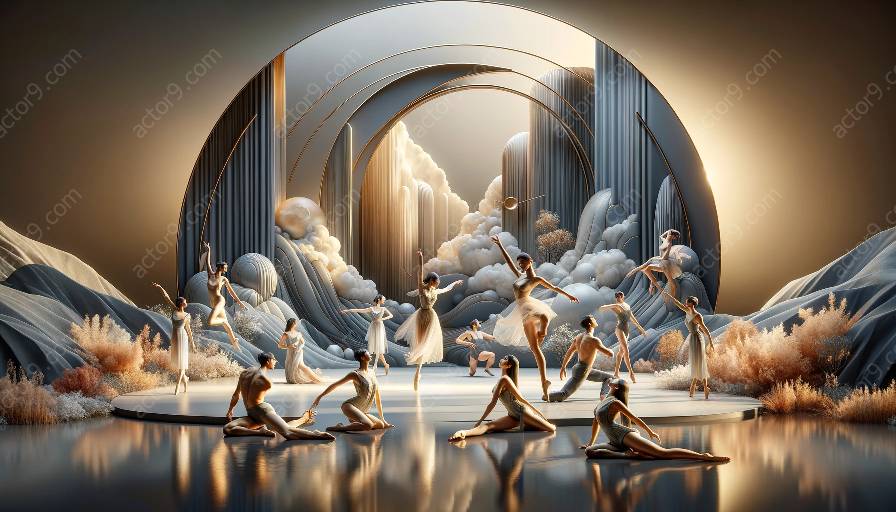Physical theatre is a form of performance that encompasses a wide range of performance arts, including elements of drama and dance. Incorporating elements of dance in physical theatre offers a unique and captivating theatrical experience that blends storytelling, movement, and expression. Understanding the relationship between elements of drama, physical theatre, and dance provides insight into the creative and dynamic nature of this interdisciplinary art form.
The Connection Between Physical Theatre and Dance
Physical theatre often incorporates elements of dance to enhance storytelling and evoke emotional responses from the audience. The use of choreographed movement, expressive gestures, and spatial dynamics allows performers to communicate complex narratives and themes through physical expression. Dance becomes a fundamental tool for physical theatre practitioners to convey meaning, create atmosphere, and engage the audience on a sensory level.
Exploring the Elements of Dance in Physical Theatre
Several key elements of dance play a significant role in physical theatre:
- Rhythm and Timing: Physical theatre draws from dance techniques to establish rhythm and timing within performances, creating a synchronicity between movement and narrative.
- Body Language: Dance provides physical theatre with a rich vocabulary of gestures and postures that convey emotions, relationships, and character traits.
- Fluidity and Control: Incorporating elements of dance allows physical theatre performers to explore the fluidity and control of their movements, adding depth and precision to their expressions.
- Expression and Interpretation: Dance enriches physical theatre with the ability to express abstract ideas, symbolism, and themes through the language of movement.
Elements of Drama in Physical Theatre
Physical theatre incorporates elements of drama to shape narratives and engage with the audience. Several elements of drama are seamlessly integrated into physical theatre performances:
- Storytelling: Physical theatre uses dramatic storytelling techniques to convey narratives through movement, gesture, and non-verbal communication, effectively blurring the lines between conventional drama and dance.
- Characterization: Physical theatre embraces dramatic character development, enabling performers to embody and express a diverse range of characters through physicality, voice modulation, and non-verbal cues.
- Conflict and Tension: Elements of drama in physical theatre create compelling dynamics of conflict and tension, driving the emotional and visual impact of performances.
- Atmosphere and Setting: Physical theatre integrates dramatic elements to establish atmospheric contexts and settings through physical expression, spatial awareness, and visual composition.
The Interdisciplinary Nature of Physical Theatre
Physical theatre serves as a powerful platform for interdisciplinary artistic expression, seamlessly integrating elements of drama, dance, and various performance art forms. The synthesis of dance and drama in physical theatre brings forth a multifaceted sensory experience that challenges traditional performance boundaries and captivates audiences through its innovative and dynamic nature.




































